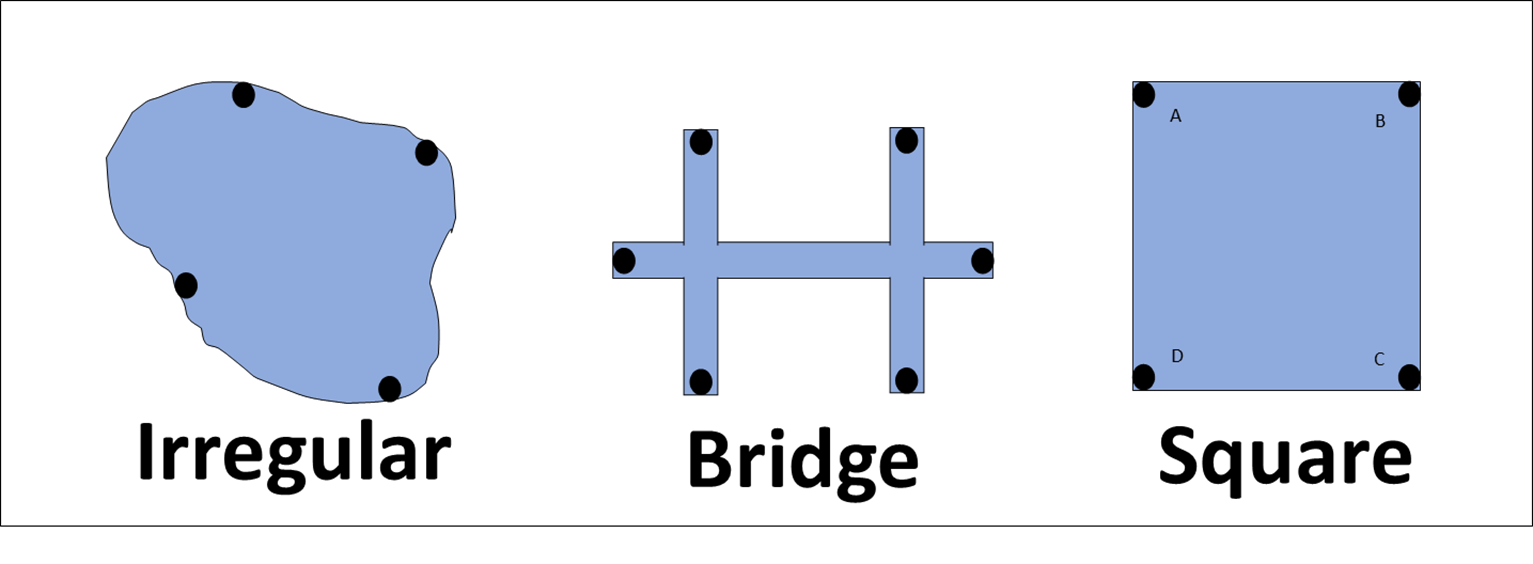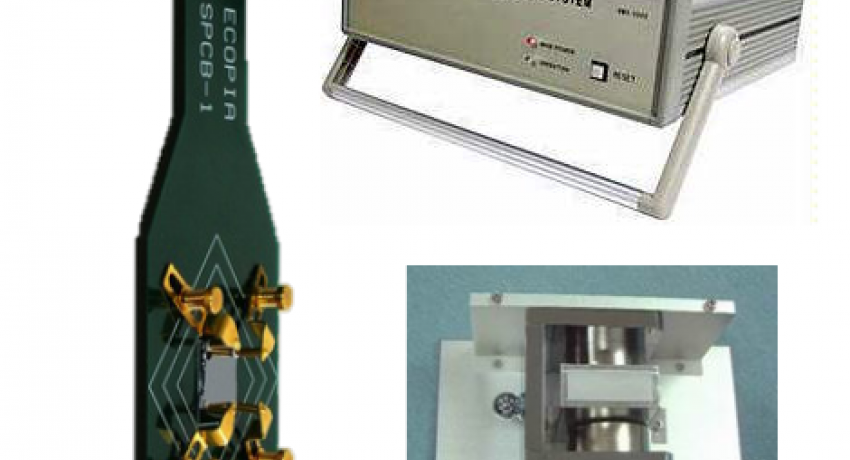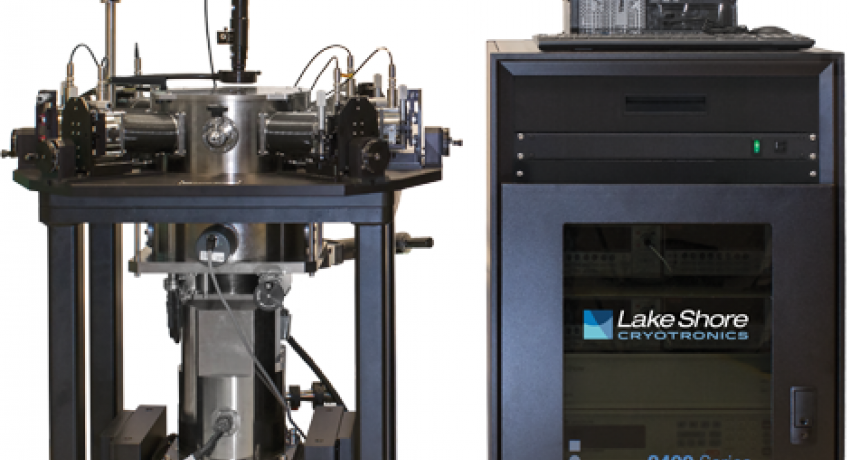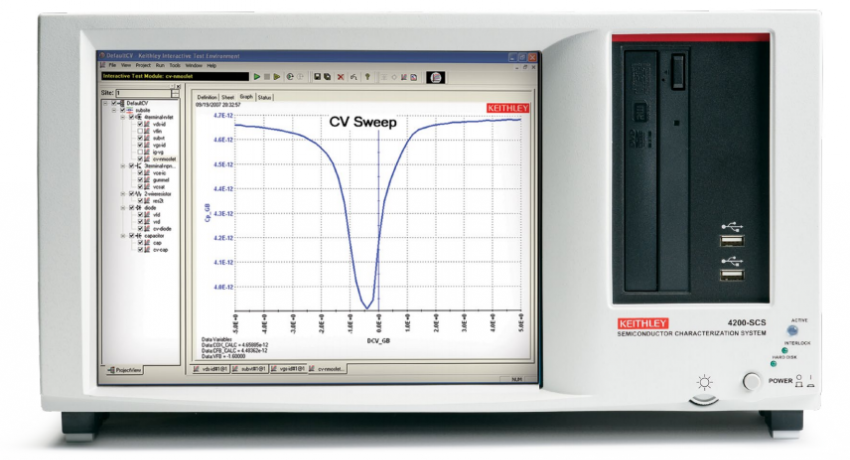 The Van der Pauw (VDP) method measures the average resistivity and Hall coefficient values on thin samples (approximately two-dimensional) by applying current and measuring the voltage along the sample perimeter. This allows irregular shapes as well as more traditional structures to be evaluated. Samples must be isotropic, homogenous, flat, of uniform thickness and free of island hole defects. Improved measurement accuracy can be achieved by applying a correction factor to geometric/qualitative asymmetrical samples and using structures with greater perimeters. Hall mobility is determined by applying a magnetic field perpendicular to the sample while measuring the change in sample resistance.
The Van der Pauw (VDP) method measures the average resistivity and Hall coefficient values on thin samples (approximately two-dimensional) by applying current and measuring the voltage along the sample perimeter. This allows irregular shapes as well as more traditional structures to be evaluated. Samples must be isotropic, homogenous, flat, of uniform thickness and free of island hole defects. Improved measurement accuracy can be achieved by applying a correction factor to geometric/qualitative asymmetrical samples and using structures with greater perimeters. Hall mobility is determined by applying a magnetic field perpendicular to the sample while measuring the change in sample resistance.
Van der Pauw Method Systems
- Current: 1 nA ~ 19.9 mA
- Voltage: 5 mV ~ 50 mV
- Temp: 77K, R.T
- Magnetfield: 0.545T
- Resistivity: 10-4 ~ 107 Ω-cm
- Current: 1 pA ~ 100 mA
- Voltage: 100 μV ~ 12 V
- Temp: 10 K to 400 K
- Magnet field: ± 2.5 T
- Resistance: 5×10-4 to 107 Ω
- Current: 1 pA ~ 100 mA
- Voltage: 100 μV ~ 100 V
- Temp: -60oC to 300oC
- Magnetfield: N/A
- Resistance: up to108 Ω
Reference:
[1] L.J. van der Pauw, A method of measuring specific resistivity and hall effect of discs of arbitrary shape, Philips Research Reports,1958.



